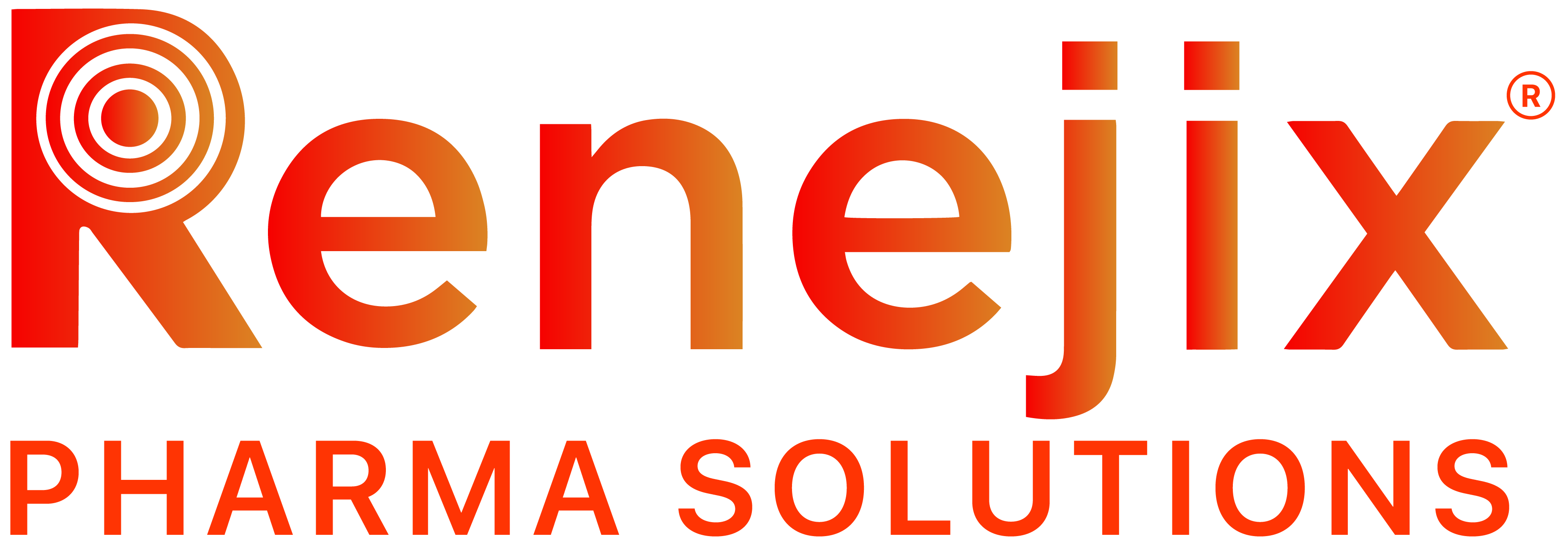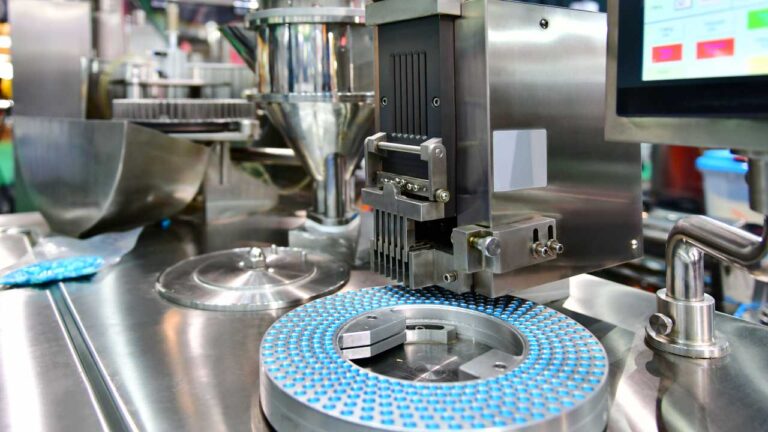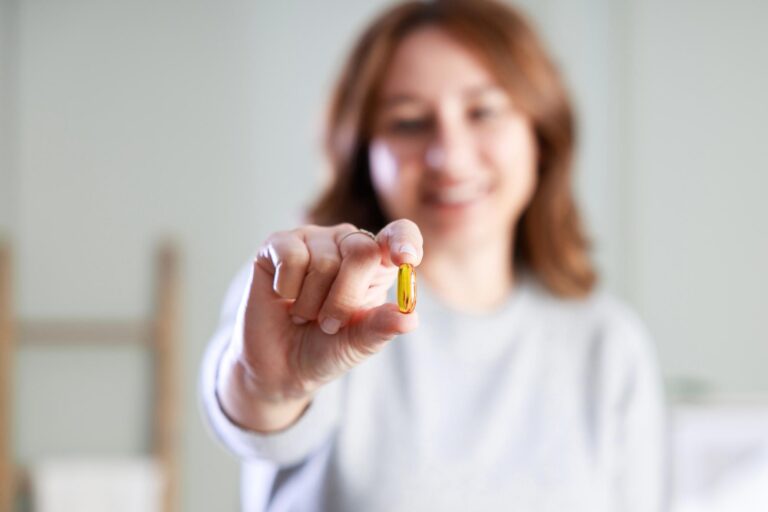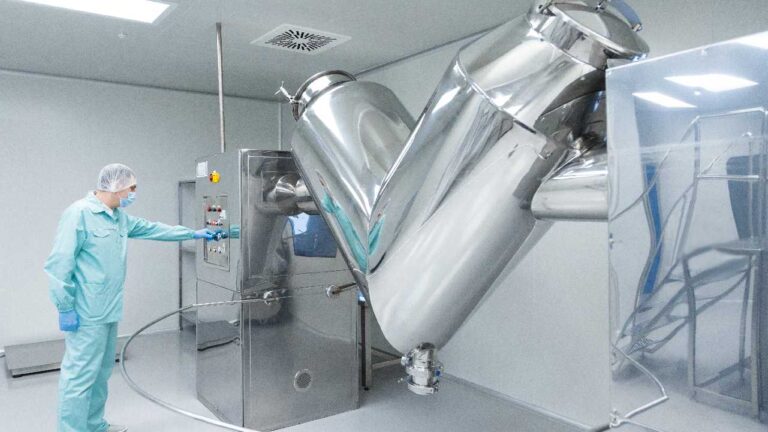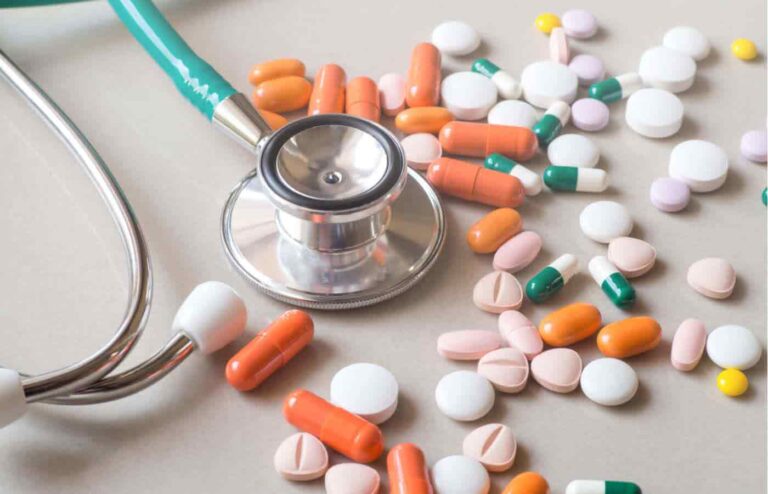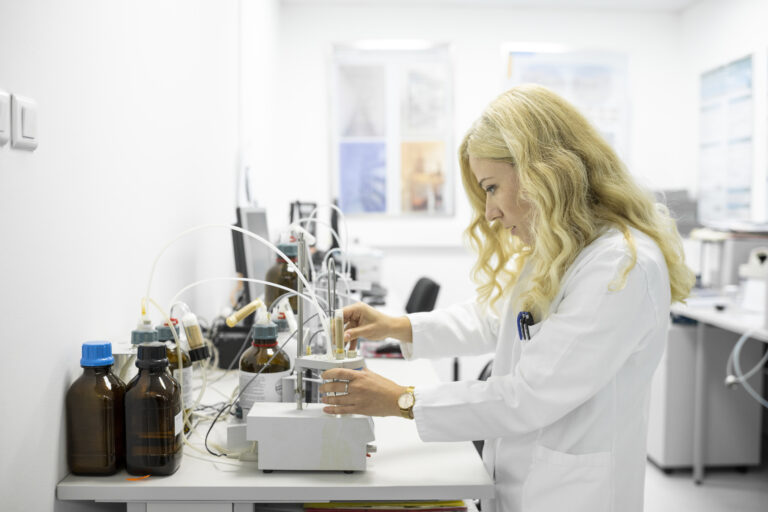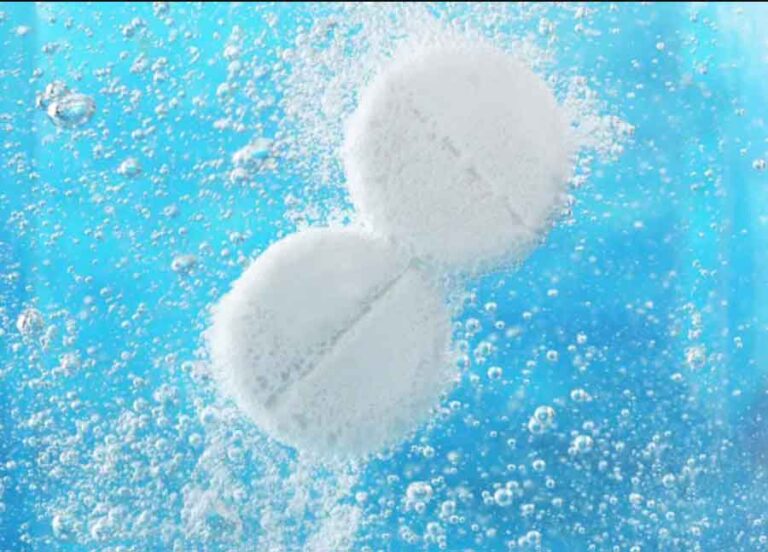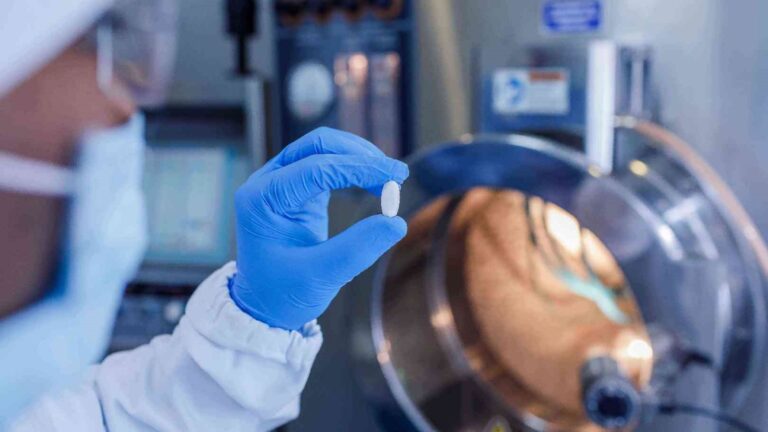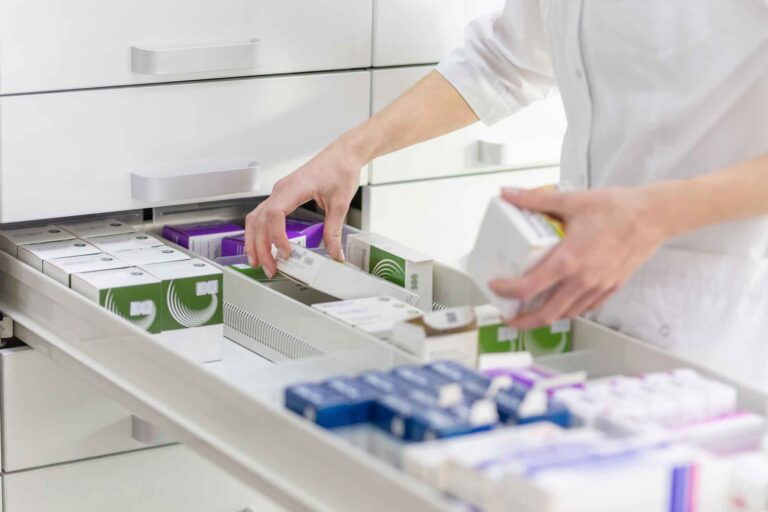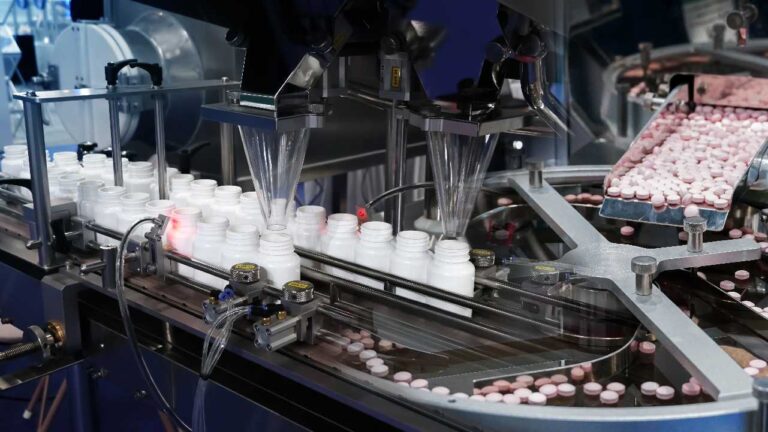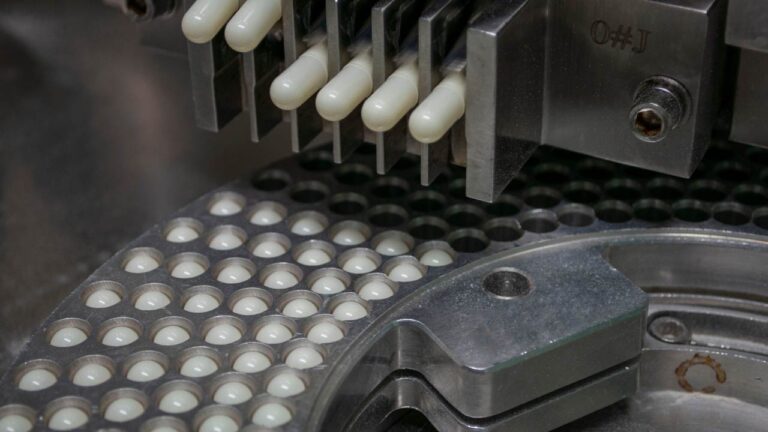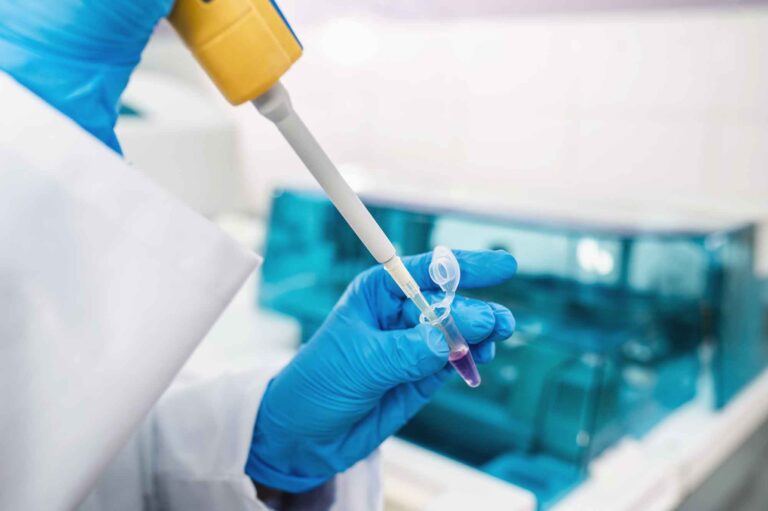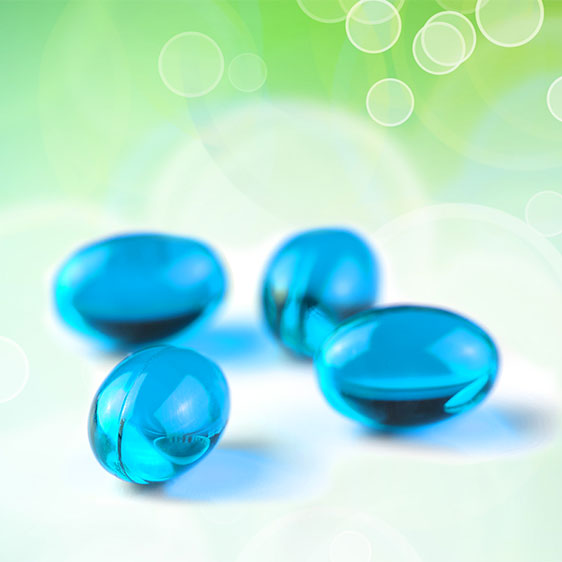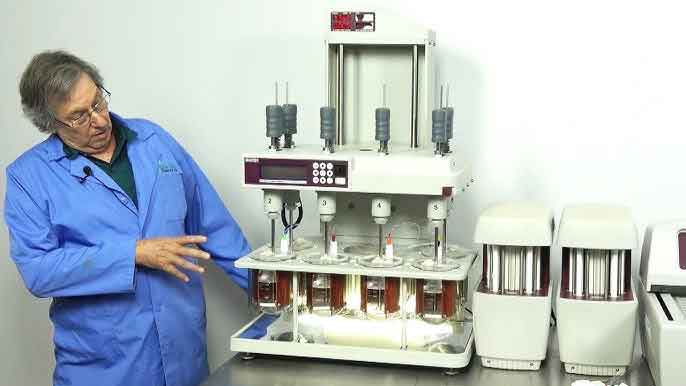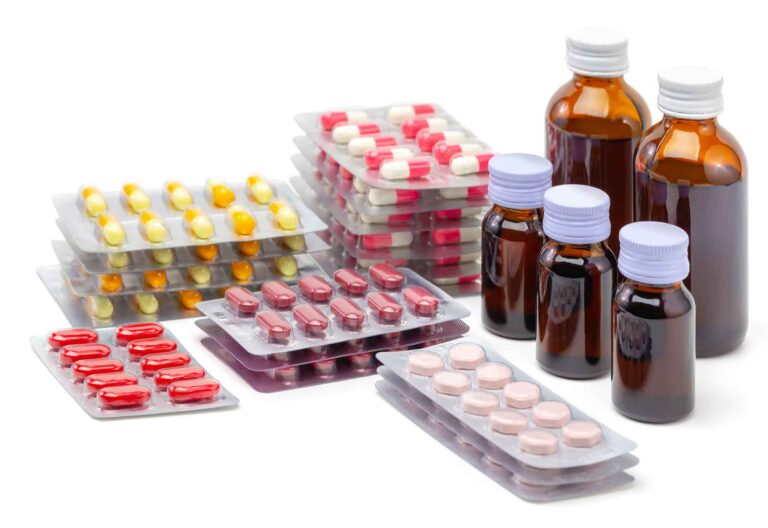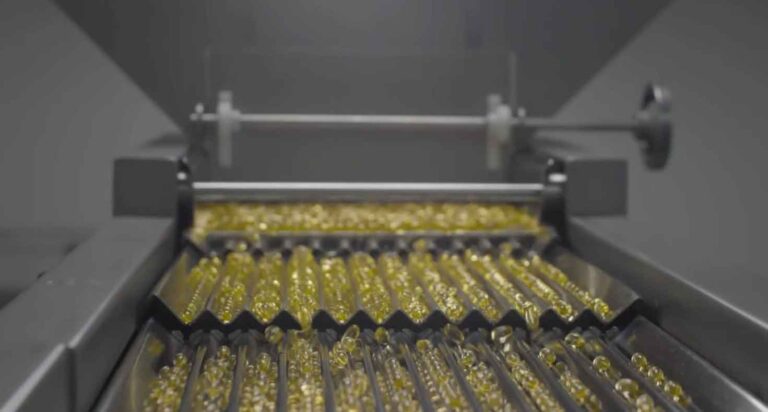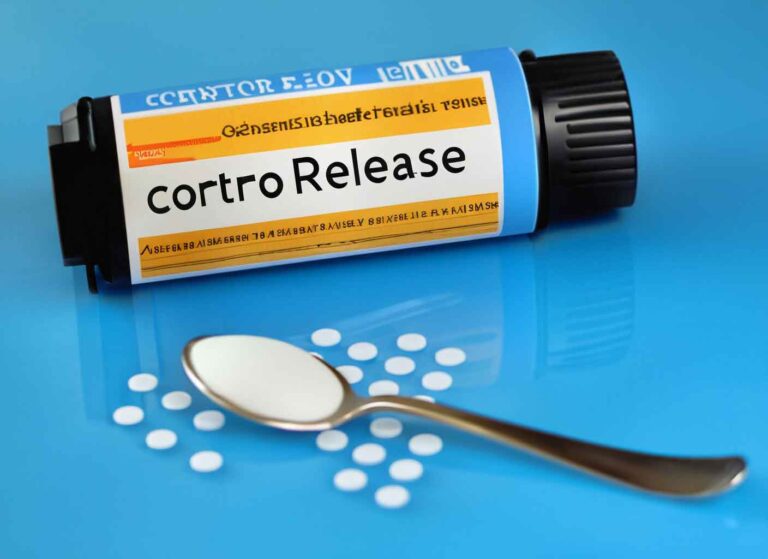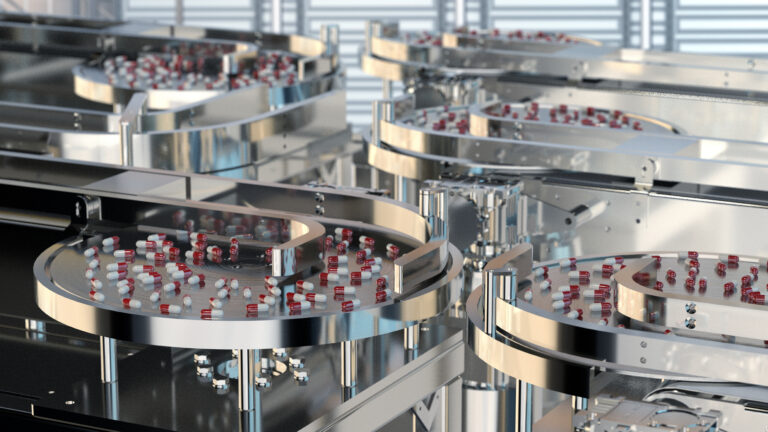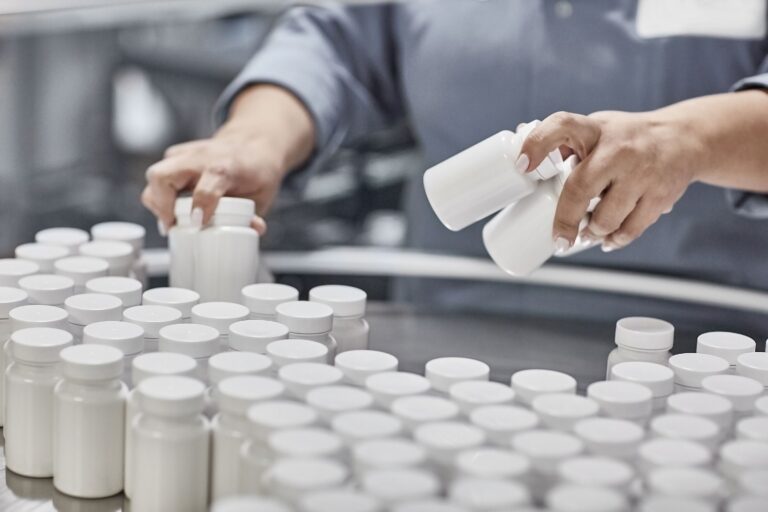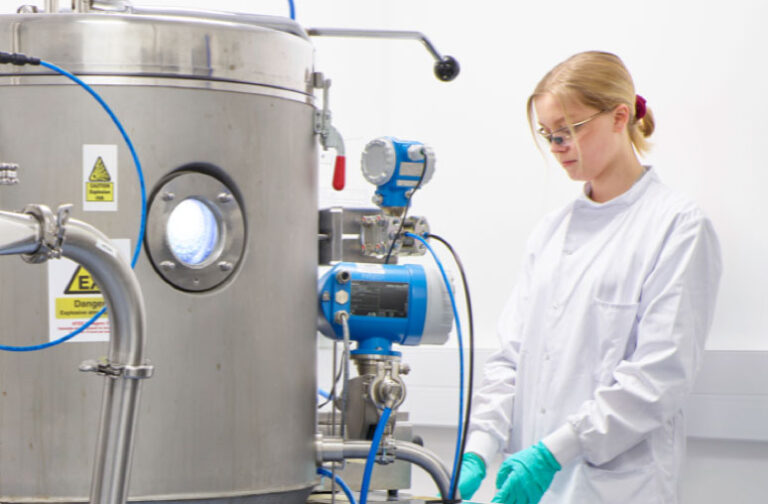Enhance Product Acceptance and Foster Patient Compliance with Our Semi-Solid and Gel Formulations
Renejix specializes in formulating various semi solids, gels and emulsions for topical applications and mucosal delivery, serving both new chemical entities (NCEs) and generic drug products, including 505(b)(2) and ANDA applications.
We continually leverage expertise to develop stable formulations with optimal physical properties, chemical characteristics, and drug release profiles. With in-house expertise from API procurement, formulation development and analytical testing to manufacturing and packaging, we offer end-to-end services. Whether it’s lab scale-up, pilot batches, or full commercial production, we tailor batch sizes to fit our clients’ specific requirements.

Types of Semi-Solid Dosage Forms
- Creams: These are semi solids that typically consist of oil-in-water emulsions. They are applied to the skin for their soothing and smoothing effects, which can be attributed to the presence of water that hydrates, while the oil component forms a barrier that retains moisture.
- Ointments: These are oil-based semi solids that are denser than creams and are used for their emollient effects. They create a protective layer that shields the skin from external irritants and helps to restore the skin’s barrier function.
- Gels: Gels are unique semi solids that are formed by the dispersion of either small inorganic particles or large organic molecules, creating a three-dimensional network. This structure allows gels to hold water or other liquids, making them ideal for controlled release of active ingredients.
- Pastes: As thicker semisolids, pastes contain a higher concentration of solid particles than creams or ointments. They are used for their protective effects, forming a durable layer over the skin that guards against friction and external irritants.
Semi-Solid Dosage Forms Comparison

Semi Solids Formulation Development
- Advanced Microencapsulation Techniques: Utilizing cutting-edge microencapsulation, we safeguard APIs from degradation, precisely control release rates, and mask any unpleasant tastes or odors. This technique is essential in semisolid and gel formulations, where the encapsulated APIs are released at targeted sites, optimizing therapeutic benefits while minimizing systemic exposure.
- Smart Polymer Systems: Our smart polymer systems are integral to semisolids and gels, reacting to physiological triggers like pH shifts, temperature changes, or enzymatic actions. These systems ensure a more controlled drug release from semisolids, adapting in real-time to the body’s varying conditions.
- Enhanced Skin Permeation: To improve the efficacy of topical semisolids and gels, we focus on enhancing skin permeation. Strategies include the use of penetration enhancers and lipid-based nanocarriers, which aid in transporting APIs through the skin barrier more effectively.
- Customized Formulation Development: We tailor each semisolid and gel formulation to the specific needs of the API and therapeutic goals. Our collaborative approach with clients ensures the development of formulations that are not only therapeutically effective but also offer a pleasing aesthetic and feel.
Excipient Selection for Semi-Solids
- Tailored Rheology Modification and Viscosity Control: The science of rheology is pivotal in the development of semisolids, ensuring that gels and creams possess the desired flow characteristics. By manipulating the molecular structure of gelling agents, formulators can achieve precise viscosity control, critical for the ease of application and performance of the product.
- Ideal Aesthetics and Feel: The sensory attributes of semisolids are paramount. Expert excipient selection can lead to the creation of non-greasy creams and exceptionally clear gels, enhancing user satisfaction. The right combination of emollients and gelling agents can produce semisolid formulations that not only feel luxurious but also look appealing.
- Highly Efficient Thickening Capabilities: Gels, in particular, benefit from thickeners that can swell in various mediums, including aqueous, hydroalcoholic, and anhydrous systems. These thickeners are used at low levels yet contribute significantly to the gel structure, providing a stable matrix for active ingredients.
- Stable and Consistent Drug Dispersion: Achieving uniform drug distribution within semisolids like emulsions and suspensions is essential for efficacy. Gels serve as an excellent medium for this purpose, maintaining the stability of the dispersion and ensuring consistent delivery of the drug upon application.
- Mucoadhesion Properties: Some semisolids are designed with mucoadhesive properties, which enhance the bioavailability of active ingredients. Gels that exhibit this characteristic adhere to mucosal membranes, prolonging the residence time of the drug and improving its therapeutic effect.
- Compatibility with Various Drug Types: A versatile semisolid formulation can accommodate drugs of varying pH levels, from acidic and basic to neutral. Gels, especially, are formulated to be compatible with a wide range of active pharmaceutical ingredients, making them a universal base for topical medications.
Semi-solids Analytical
- Physical Characterization Laboratory: Our laboratory is fully equipped to conduct comprehensive assessments of semi solids and gels, focusing on critical quality attributes like rheology and viscosity. This ensures that each semisolid and gel product adheres to the highest standards of quality and performance.
- Analytical Expertise: The expertise of our analytical staff is a cornerstone of our success. Their deep understanding of the nuances of semi-solid formulation allows us to navigate the complexities of semisolid and gel development with precision.
- ICH Stability Programs: Our rigorous ICH stability programs are integral to the robust foundation we provide for the development of semi-solid products. These programs ensure that our semisolids and gels maintain their intended efficacy throughout their shelf life.
- Solubility Challenges: Addressing the solubility challenges of poorly water-soluble APIs is a key aspect of our work. Our team is adept at enhancing the solubility of these compounds in semi-solid and gel matrices, ensuring effective delivery and performance.
- Stability Requirements: Navigating the intricate stability requirements of innovative semi-solid and gel products is a challenge we are uniquely prepared for. Our facilities are designed to support the development of stable and effective semisolids and gels.
- Formulation Versatility: Our semisolids and gels are known for their formulation versatility. We can create a wide range of textures and consistencies, from light and spreadable gels to more substantial and occlusive semi-solids.
- Regulatory Compliance: Ensuring regulatory compliance is paramount in the development of semisolids and gels. Our team stays abreast of the latest guidelines to guarantee that our products meet all necessary regulatory standards.
- Innovative Delivery Systems: We specialize in creating innovative delivery systems for semisolids and gels. These systems are designed to optimize the release and absorption of active pharmaceutical ingredients (APIs).
- Eco-Friendly Practices: Sustainability is a key consideration in our development of semisolids and gels. We employ eco-friendly practices to minimize our environmental footprint while maintaining product efficacy.
Semisolid Manufacturing Process
Our in-house procurement team carefully sources raw materials, ensuring they meet strict quality standards through rigorous testing by our Quality Control team before manufacturing begins. We maintain consistency by replicating established laboratory protocols across pilot and full-scale mixing systems, ensuring smooth scale-up processes.
Once we receive a customer order, our product support team generates work orders and prepares raw materials for weighing in our HEPA-filtered suites, preventing any risk of cross-contamination. We regularly calibrate our balances for precision, and our dual de-ionized water systems guarantee purified water meeting USP-grade standards.
Traceability is a priority for us, facilitated by our ERP system, which tracks all materials used throughout the manufacturing process, maintaining the highest quality standards. Our batch sizes typically range from 100 to 3,000 gallons, utilizing stainless steel tanks for mixing, with optional jacketing for heating purposes. Rapid cooling is facilitated by inline chillers when necessary.
Our diverse mixing systems, including overhead, high-shear, homogenization, recirculation, sweeps, inline powder dispersion, and planetary mixers, provide flexibility in producing semi-solid dosage forms. Additionally, our in-house design and maintenance department can customize manufacturing equipment to meet the evolving needs of our clients, ensuring efficiency and adaptability in our production processes.
Quality Systems
- Heating or Cooling: Precise temperature control is crucial in the manufacturing of semi solids and gels. The heating or cooling stages must be carefully managed to ensure the integrity of the product, as temperature fluctuations can significantly affect the consistency and efficacy of semisolids and gels.
- Process Forces: The application of mechanical forces during the manufacturing process, such as mixing or homogenization, is essential for achieving the desired texture and uniformity in semi solids and gels. These forces must be finely tuned to prevent any compromise in the quality of the product.
- Process Adjustments: Adjustments in the process parameters are often required to accommodate the unique characteristics of each semi solid and gel formulation. This flexibility ensures that all critical quality attributes are met consistently.
- Equipment Speed: The speed of the equipment used in the production of semi solids and gels can affect the shear and, consequently, the final product’s quality. Optimal equipment speed settings are determined to ensure that the semisolids and gels are processed without any degradation of their properties.
- Process Times: The duration of each process step is a critical factor in the manufacturing of semi solids and gels. Adequate process times are established to guarantee that each batch of semisolid and gel meets the predefined quality standards.
- Bulk Hold Times: For semi solids and gels, the hold times of bulk products before packaging can impact their stability. These times are carefully monitored to maintain the quality and efficacy of the semisolids and gels until they are dispensed.
- Renejix Quality Systems and Process Controls: Our robust quality systems and process controls are in place to monitor every batch of semi solids and gels produced. This ensures that each product not only meets but exceeds the stringent standards set forth by regulatory bodies.
- Design Space Establishment: By establishing a Design Space, we ensure that our semi solids and gels exhibit all predefined Critical Quality Attributes. This approach allows for a systematic understanding of the process variability and its impact on the semisolids and gels’ quality.
- Regulatory Compliance: Our commitment to regulatory compliance is unwavering. We ensure that every semi solid and gel product is manufactured in accordance with all relevant guidelines and standards, providing assurance of the highest quality.
- Continuous Monitoring: Continuous monitoring of the manufacturing environment and processes is vital for the production of high-quality semi solids and gels. This vigilance helps us to maintain the integrity of our semisolids and gels throughout the production cycle.
Related Services
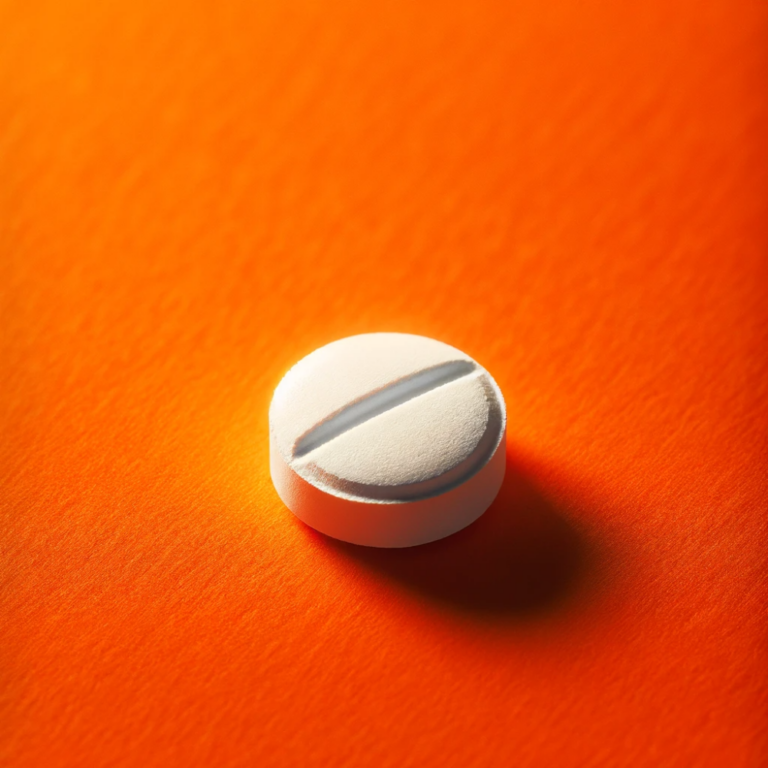



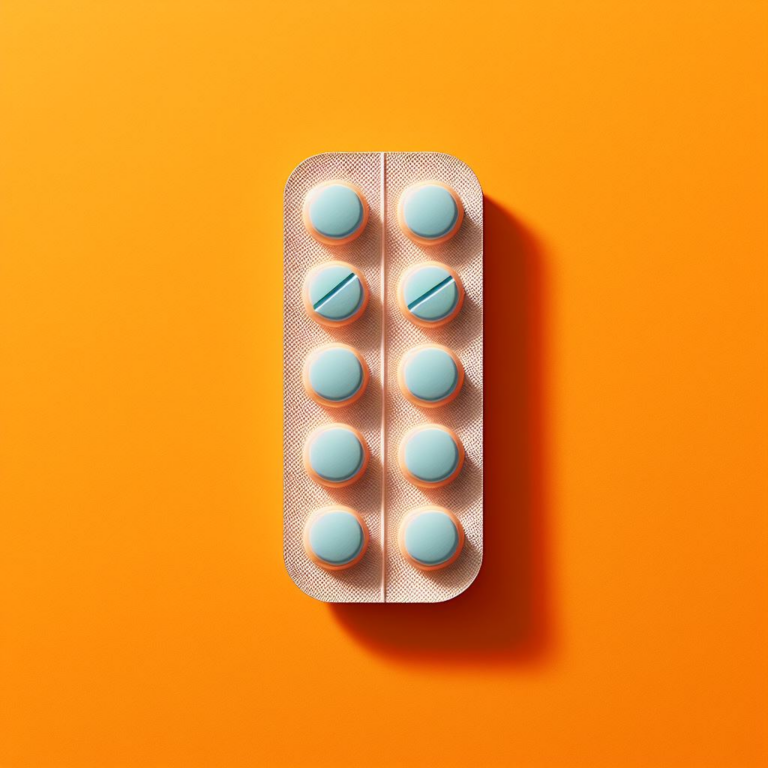

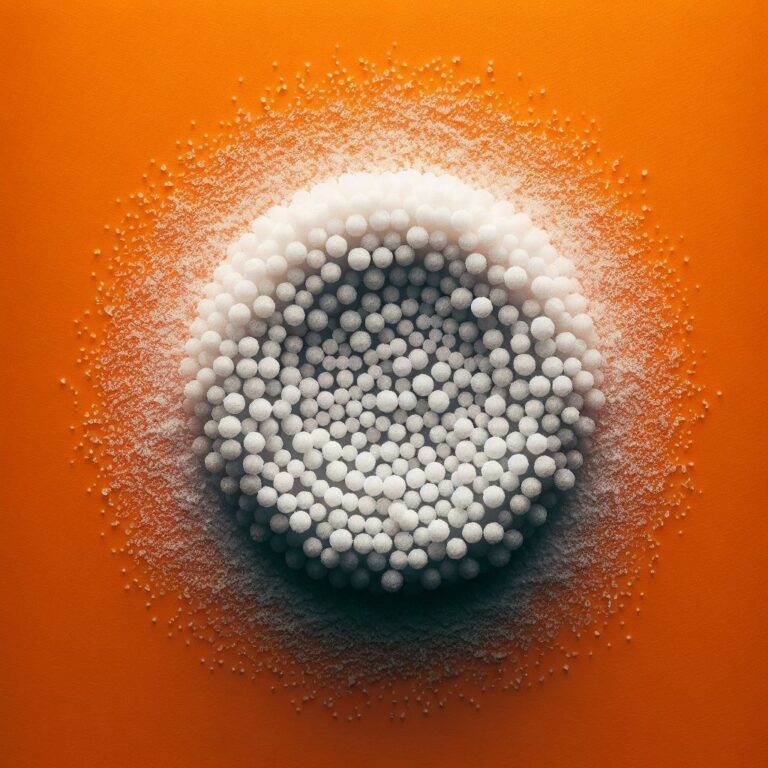
FAQs
Here are some frequently asked questions about Semi-Solids & Gels
Semi-solid dosage forms include creams, ointments, gels, and pastes, designed for external application to the skin or mucous membranes. They are characterized by their thick consistency, which allows them to adhere to the application site for effective drug delivery. These dosage forms are used to treat a wide range of conditions, from skin diseases to localized pain relief.
Semi-solid dosage forms offer several benefits, including targeted drug delivery to specific areas, reduced systemic side effects, and enhanced patient compliance due to ease of application. They can provide both local and systemic effects, depending on the formulation, and are particularly useful for delivering drugs that are not suitable for oral administration due to stability or bioavailability issues.
The formulation of semi-solid dosage forms involves the selection of appropriate base materials (such as hydrocarbons for ointments, water or alcohol for gels, and various emulsifiers for creams) that determine the product's texture, stability, and drug release characteristics. Active pharmaceutical ingredients (APIs) are then incorporated into the base, along with other excipients like preservatives, antioxidants, and skin conditioners, to achieve the desired therapeutic effect and product stability.
Stability considerations for semi-solid dosage forms include maintaining the consistency, efficacy, and integrity of the product throughout its shelf life. This involves ensuring the physical stability (to prevent separation or crystallization of components), chemical stability (to prevent degradation of active ingredients), and microbiological stability (to prevent contamination). Stability testing under various conditions is critical to determining the product's expiration date.
Ensuring uniformity of dosage in semi-solid forms involves rigorous manufacturing processes and quality control measures. The manufacturing process must ensure thorough mixing and homogenization of the API throughout the base. Quality control tests, including content uniformity and viscosity measurements, are conducted on each batch to ensure that the final product meets the specified criteria for uniformity and consistency.
Yes, semi-solid dosage forms can be designed for controlled release of the active ingredient. This is achieved through the use of specific formulation strategies and excipients that modify the drug release profile, such as polymers that form a matrix with the drug or encapsulation techniques that slow the diffusion of the drug from the base. Controlled release formulations can enhance therapeutic efficacy and improve patient compliance by reducing the frequency of application.
Packaging options for semi-solid dosage forms include tubes, jars, pump dispensers, and single-use sachets. The choice of packaging is based on the product's viscosity, intended use, and stability requirements. Packaging materials must protect the product from contamination, light, and air, and be compatible with the formulation to prevent interaction with the packaging.
Quality assurance testing for semi-solid dosage forms includes physical, chemical, and microbiological tests. Physical tests evaluate the product's appearance, pH, viscosity, and spreadability. Chemical tests assess the potency and purity of the active ingredients and the presence of degradation products. Microbiological tests ensure the product is free from harmful microorganisms. All tests are conducted in accordance with regulatory guidelines to ensure product safety and efficacy.
c
Regulatory considerations for semi-solid dosage forms involve compliance with guidelines provided by regulatory agencies such as the FDA, EMA, and others. These guidelines cover the formulation, manufacturing process, quality control, packaging, labeling, and stability testing. The submission of a New Drug Application (NDA) or Abbreviated New Drug Application (ANDA) is required for market approval, including detailed documentation of the product's formulation, manufacturing process, and validation of analytical methods.
Renejix Pharma Solutions offers comprehensive services for the development and manufacturing of semi-solid dosage forms, including formulation development, process optimization, scale-up, manufacturing, and packaging. Renejix can provide expertise in selecting appropriate base materials, excipients, and manufacturing processes to meet the product's specifications and regulatory requirements. Additionally, Renejix can assist with stability studies, quality assurance testing, and regulatory submission, facilitating a smooth path from concept to commercialization.
